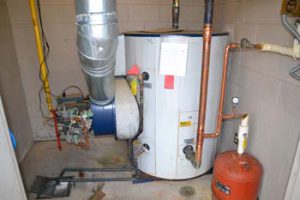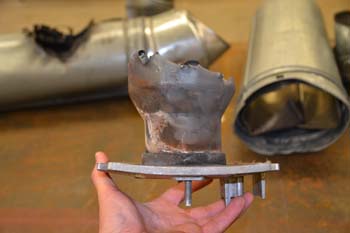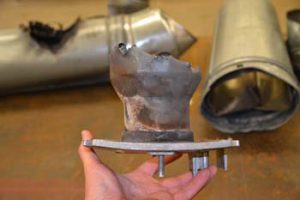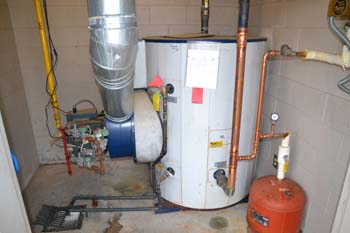A commercial water heater at a South Carolina school exploded as a maintenance worker stood in the doorway to the mechanical room. The blast sent the worker backward and he collided with his vehicle parked nearby. The maintenance worker sustained various injuries as a result of the incident.

The EIS engineer assigned to the project interviewed other maintenance workers familiar with the incident and the equipment. They explained that there were two water heaters in the subject mechanical room. Both water heaters were installed three years earlier during construction of an addition to the school. The subject water heater began operating poorly after the first year. Specifically, the unit would regularly trip a safety switch and shut down. The maintenance workers were frequently onsite to reset the problem water heater, which was the reason the injured worker was onsite at the time of the incident.




